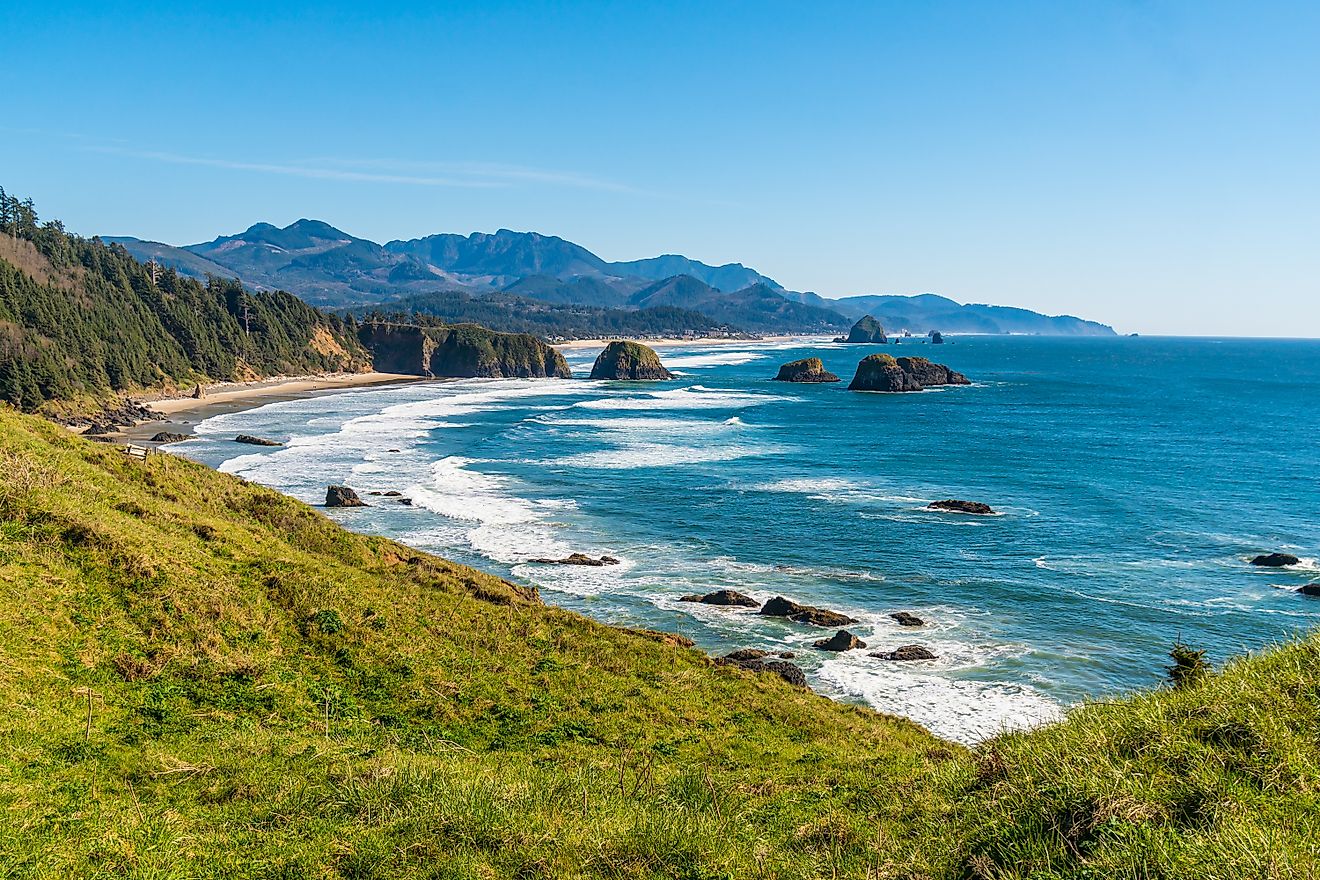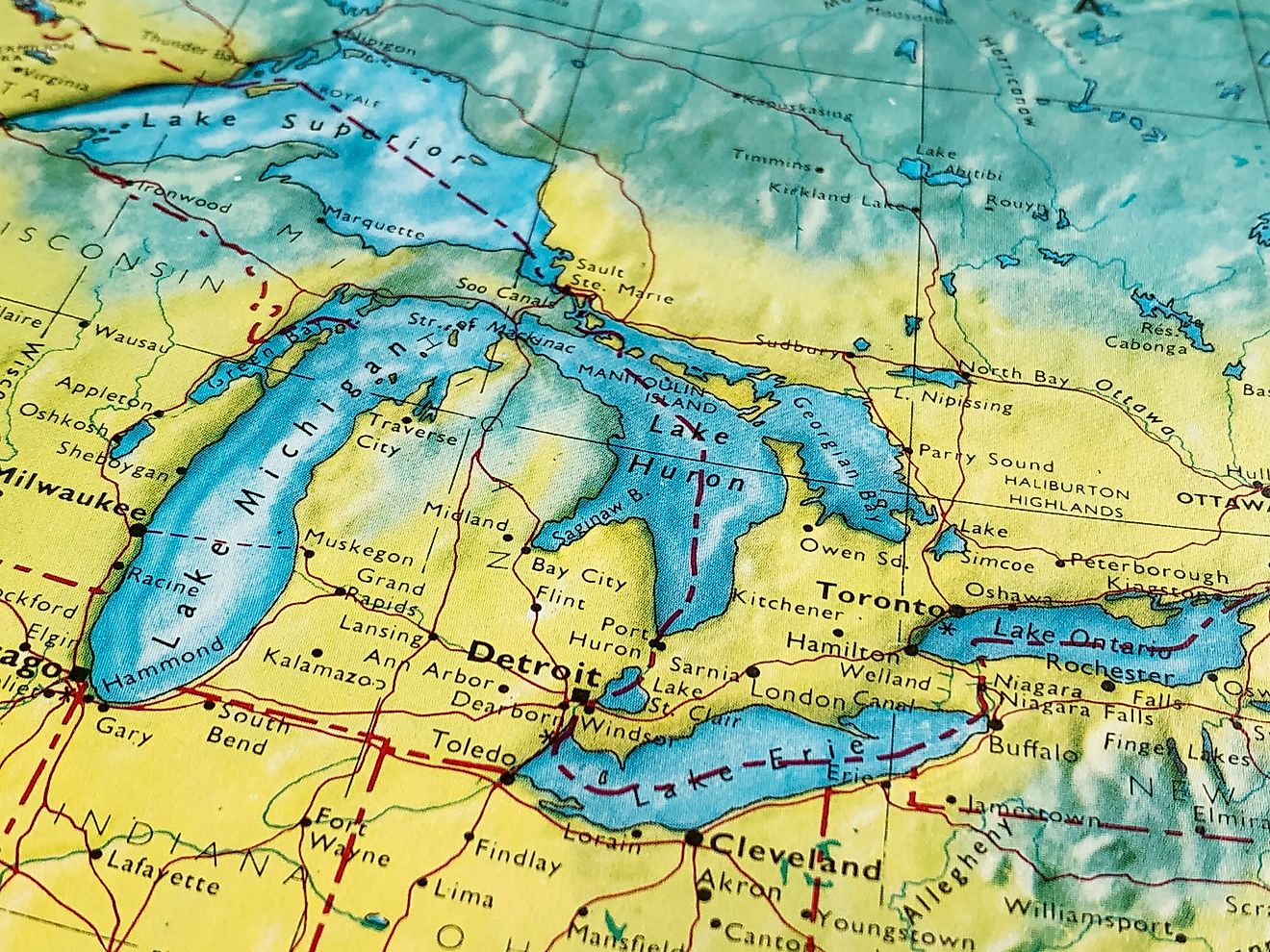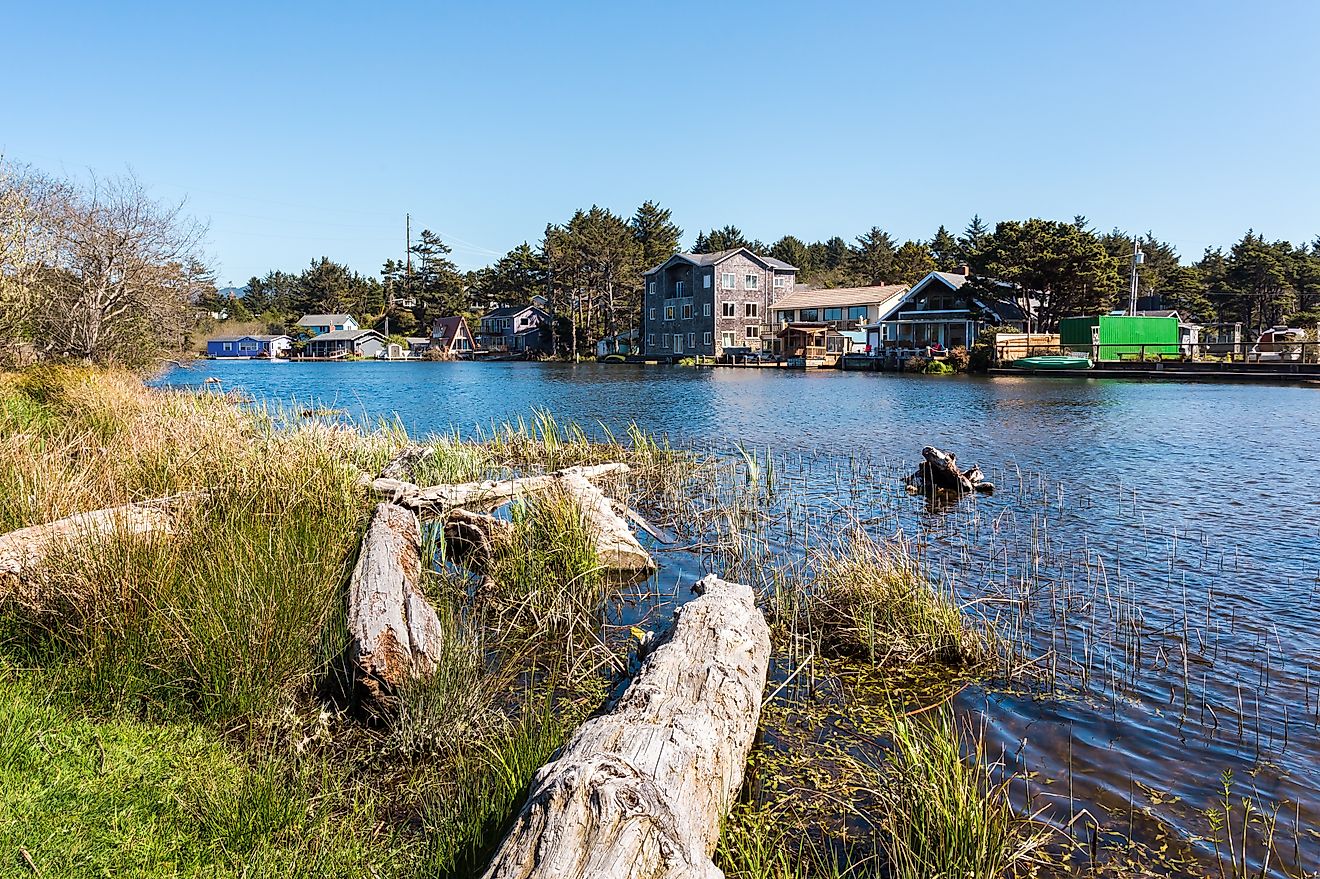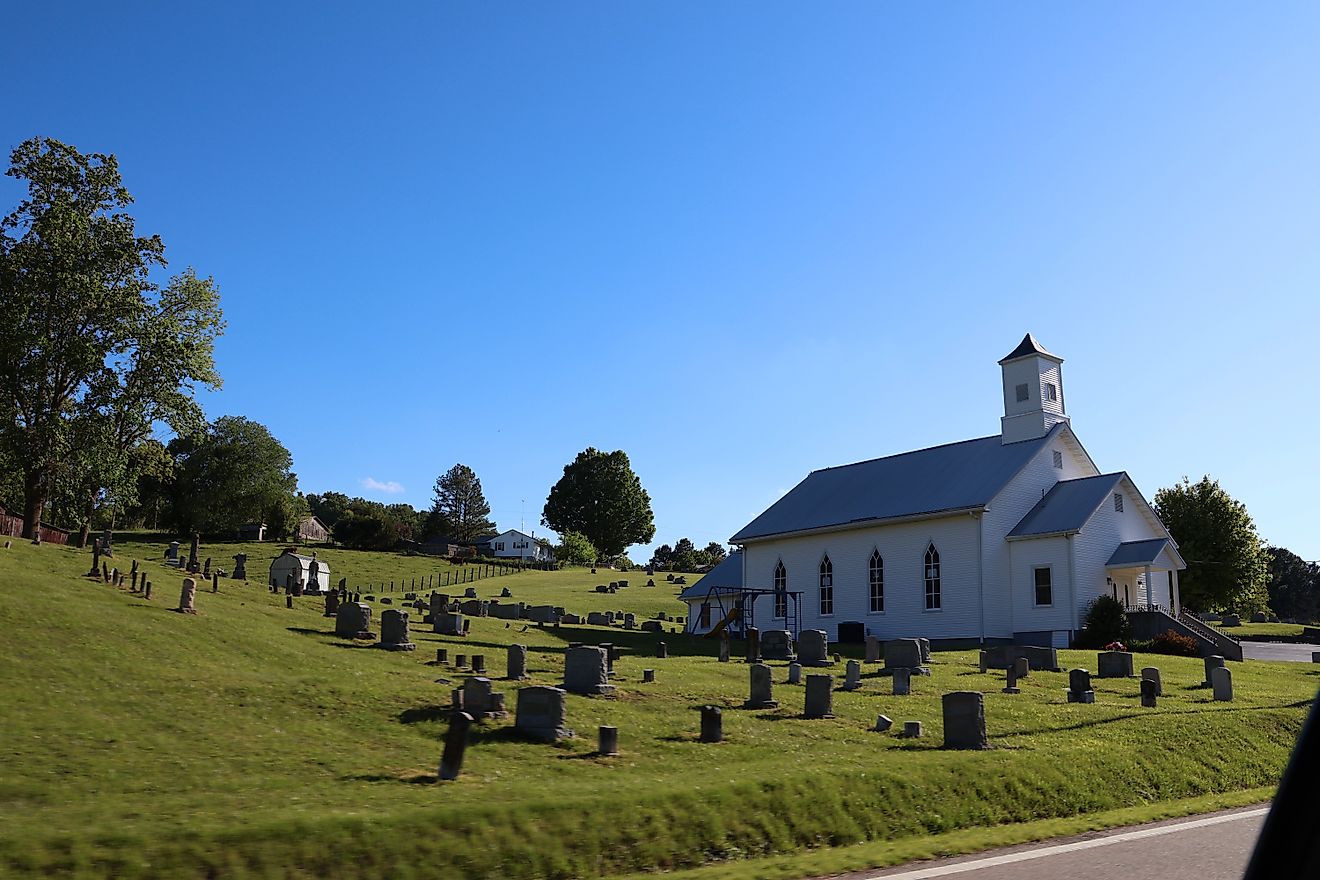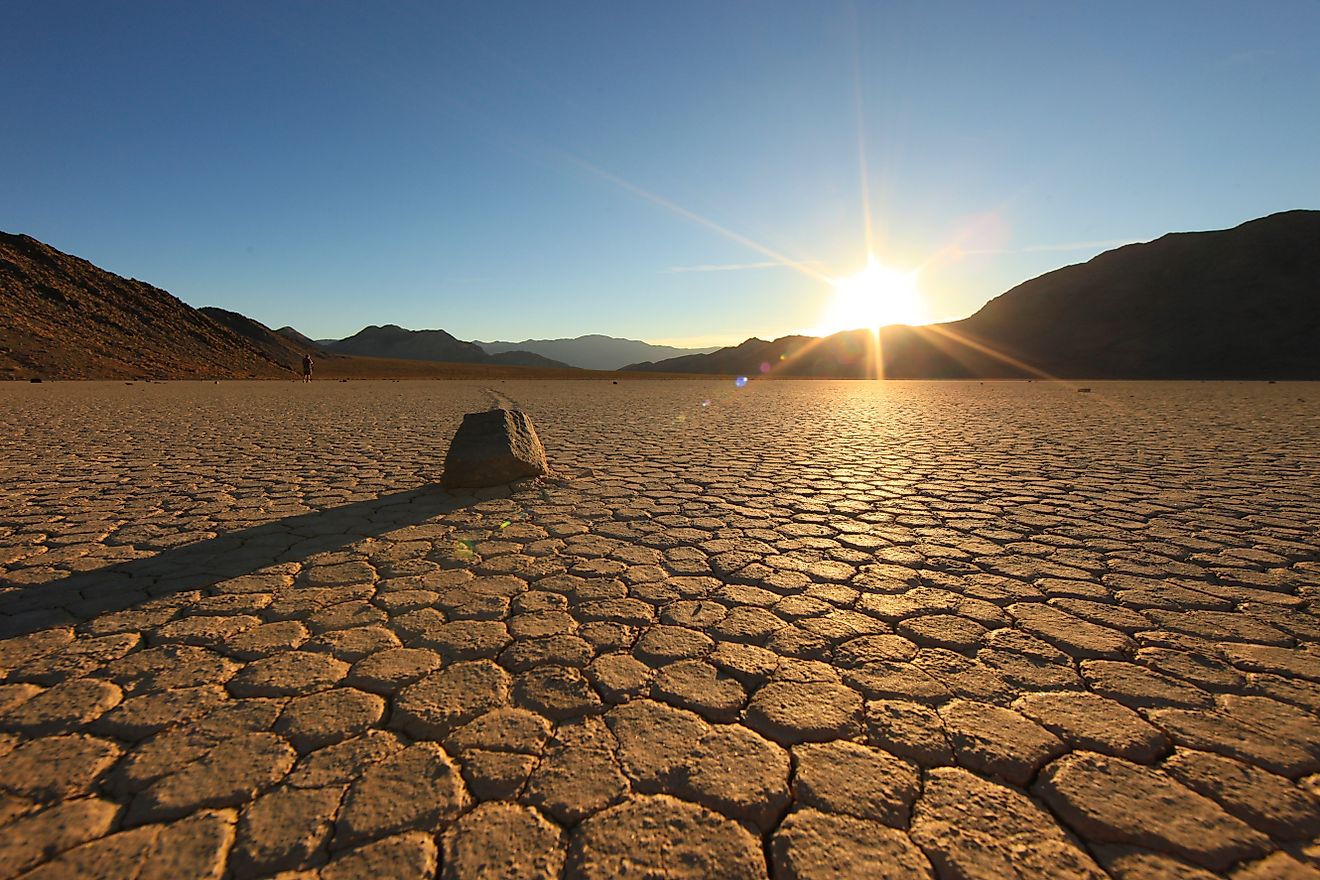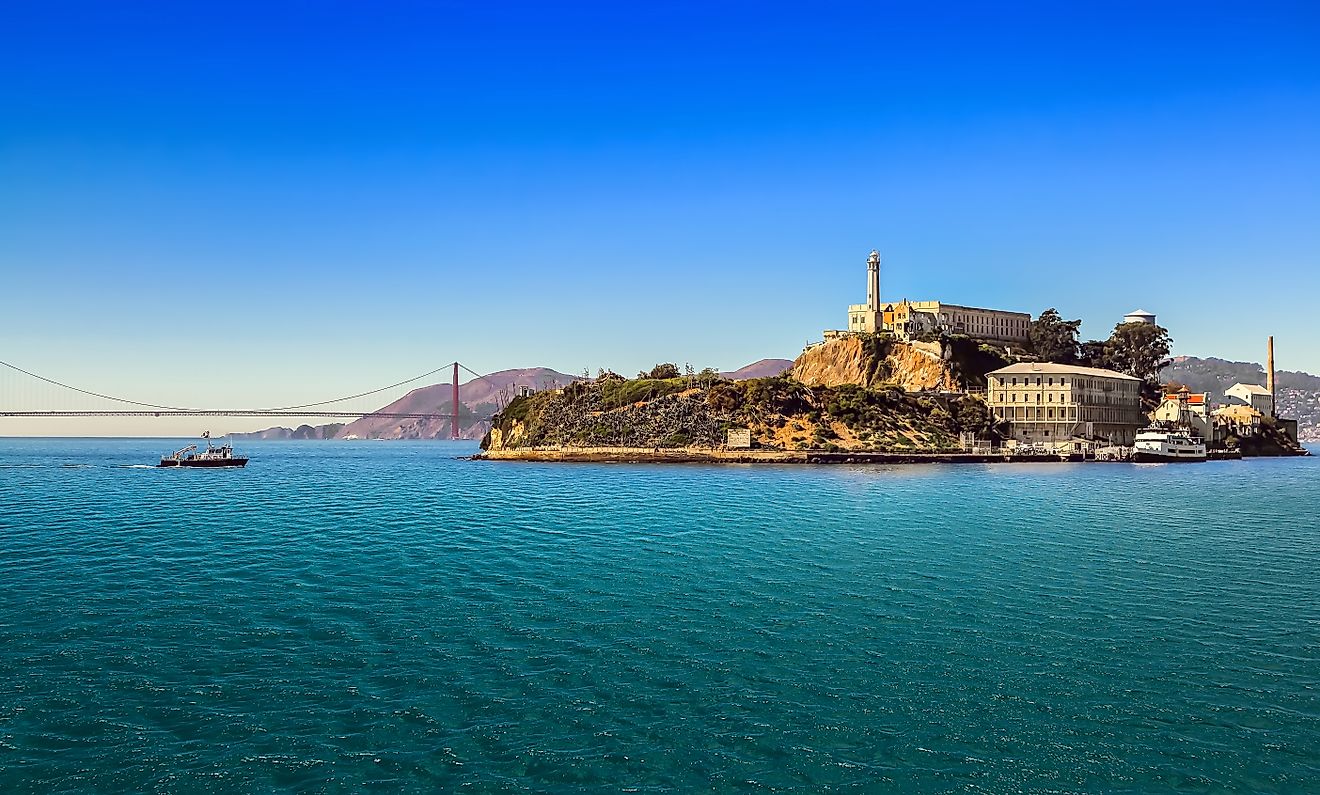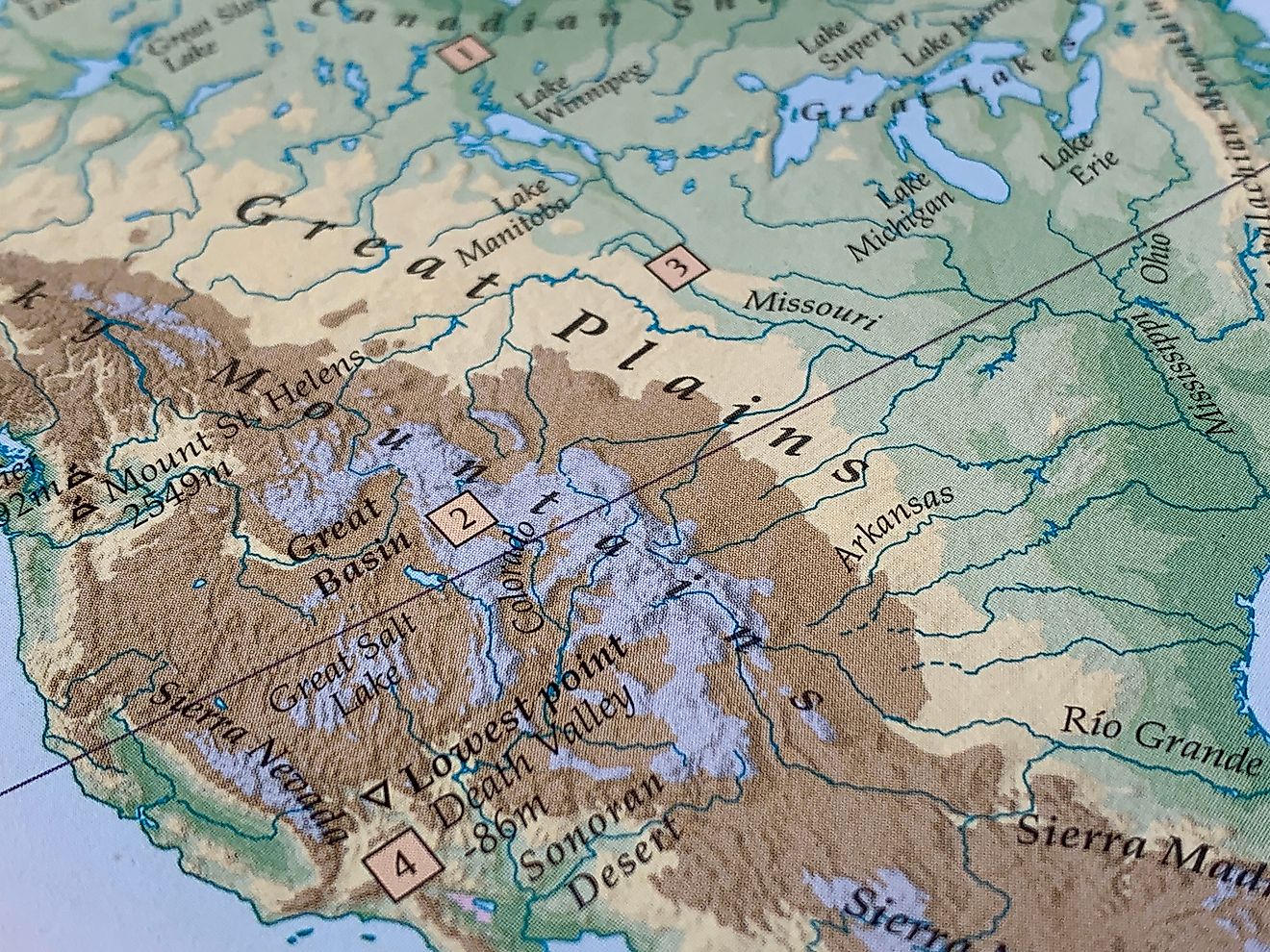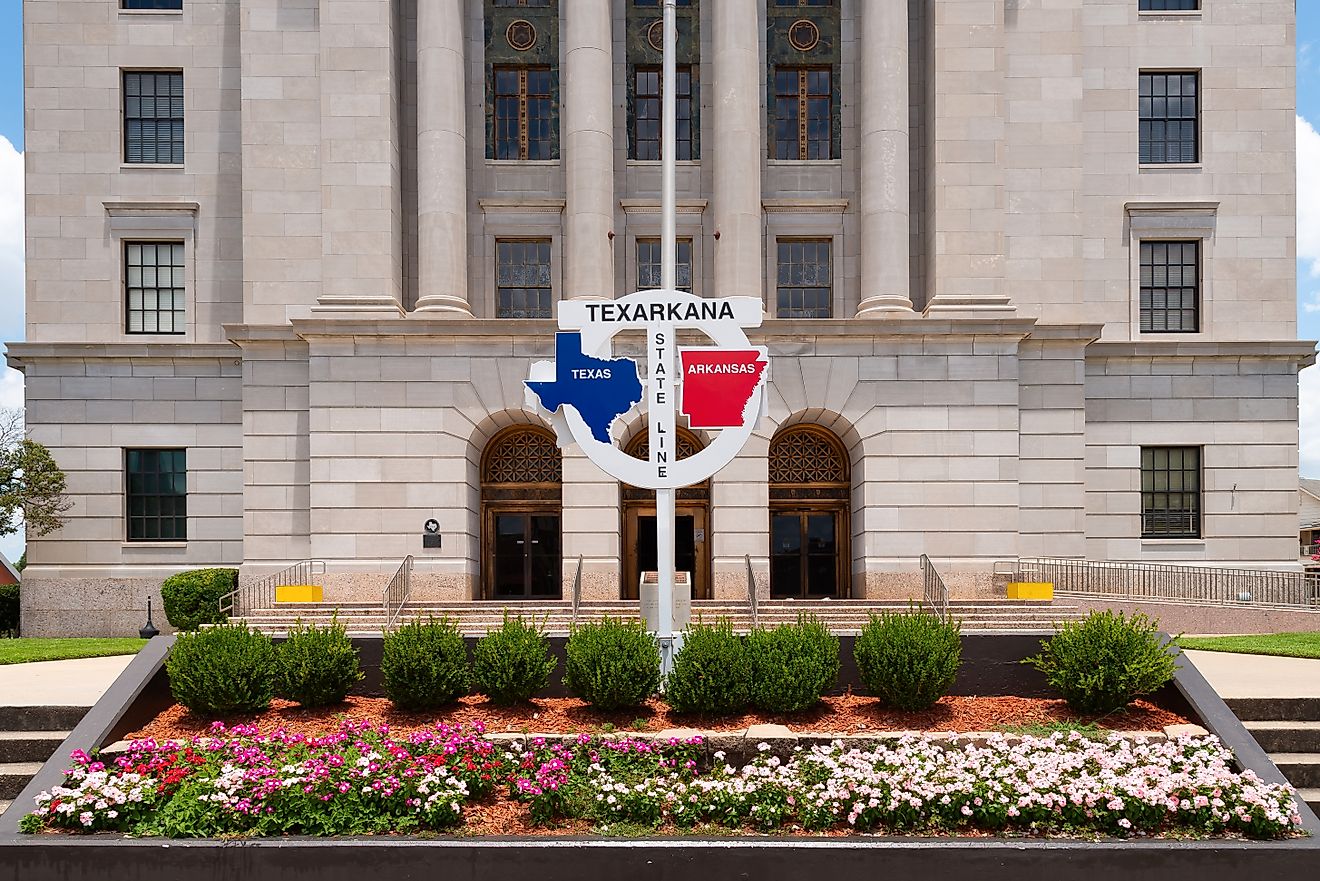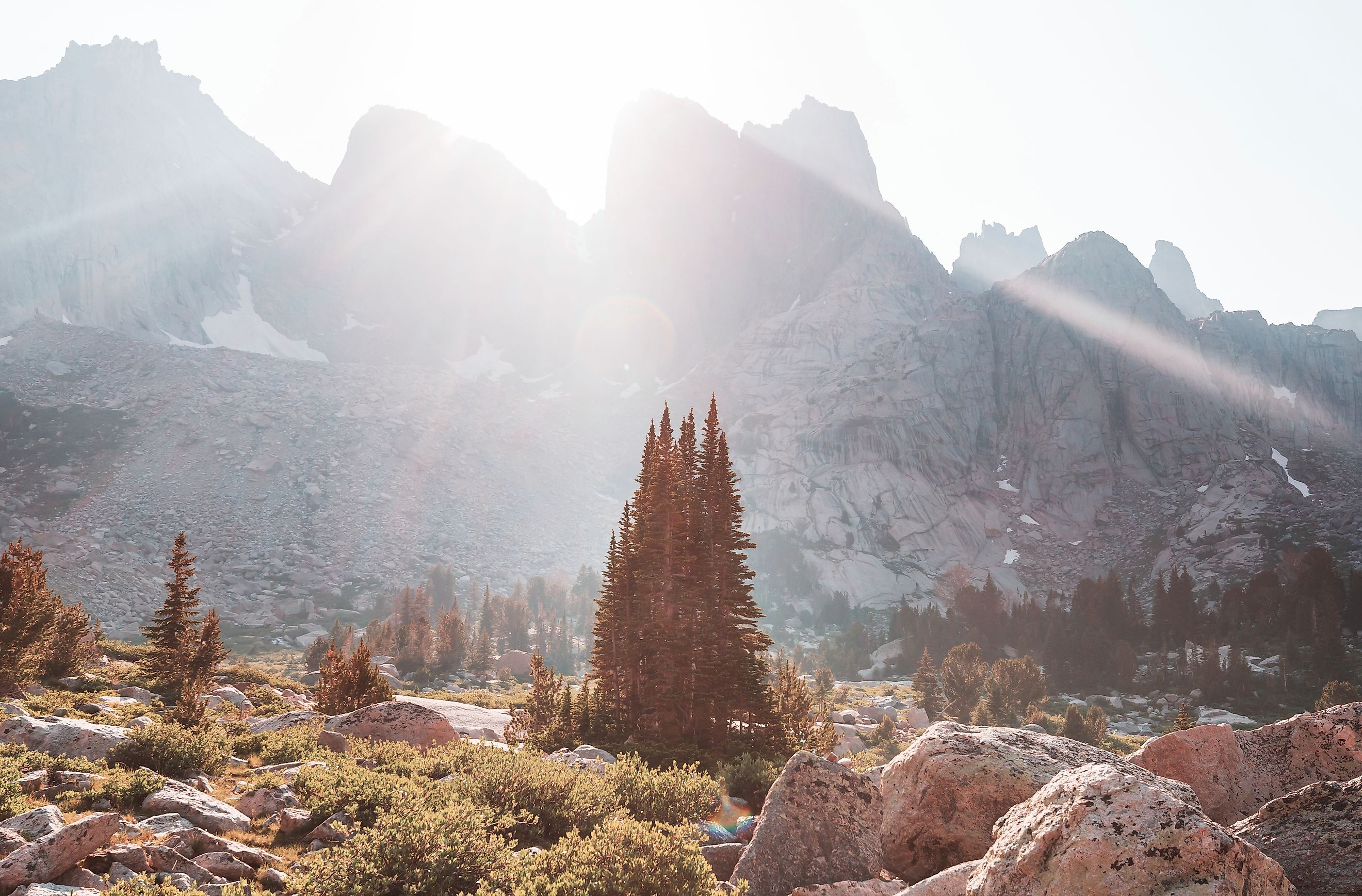
7 States With the Oldest Rocks in North America
Some of the oldest rocks on Earth lie buried beneath the forests, plains, and mountains of North America, holding clues to a time long before complex life existed. These ancient formations record the planet’s earliest tectonic shifts, volcanic activity, and atmospheric changes, dating back billions of years. From the weathered gneiss of Minnesota to Wyoming’s billion-year-old granite craton, the bedrock beneath these regions reveals how the continent formed and stabilized over time. Studying these rocks allows geologists to piece together Earth’s origin story; one written not in words, but in minerals, pressure, and deep geological time.
Minnesota
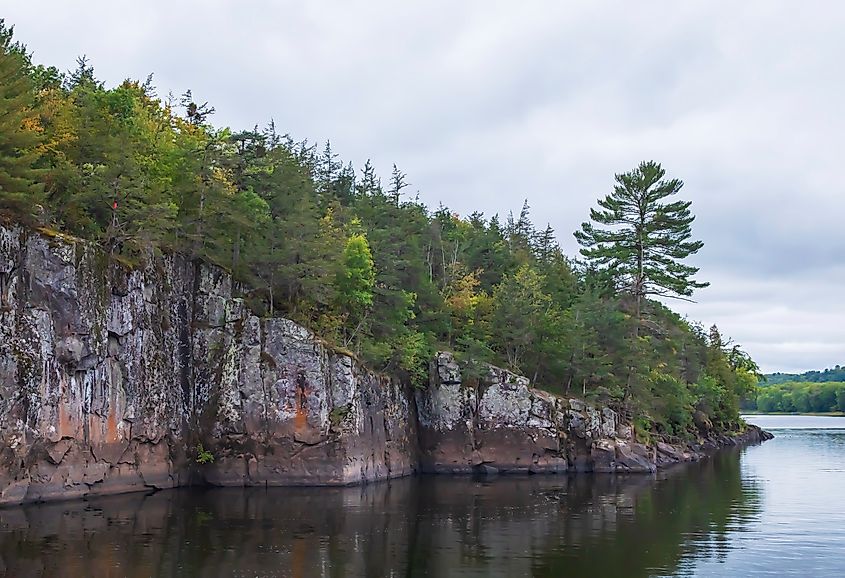
-
Age: Approximately 3.5 to 3.8 billion years
-
Location: Minnesota River Valley, southwestern part of the state
-
Type of Rock: Gneiss and granite
The bedrock beneath Minnesota is among the oldest in North America. In the Minnesota River Valley, near Morton and Redwood Falls, ancient gneiss formations date back nearly 3.8 billion years. These rocks belong to the Morton Gneiss, a beautifully banded metamorphic rock that has been exposed by the Minnesota River cutting through the landscape.
Formed deep within the Earth’s crust, the Morton Gneiss originated from volcanic material and sediments that were later transformed by intense heat and pressure. The striking layers of pink, gray, and black minerals tell the story of multiple metamorphic events spanning hundreds of millions of years.
Today, these rocks are visible at places like the Morton Outcrop Scientific and Natural Area, where researchers study them to understand the planet’s early continental crust formation.
Wyoming
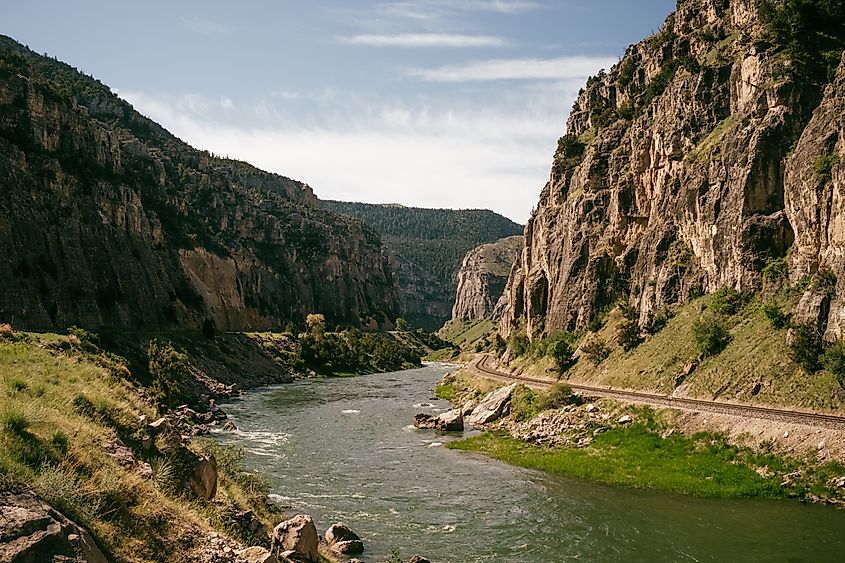
-
Age: About 3.5 billion years
-
Location: Beartooth Mountains, Wind River Range
-
Type of Rock: Gneiss and granite
Wyoming’s ancient roots stretch back nearly 3.5 billion years, making it one of the oldest pieces of continental crust in North America. The Beartooth Mountains and parts of the Wind River Range contain exposures of Archean gneiss and granite that formed during the Earth’s early stabilization period.
These rocks are part of the Wyoming Craton, a block of stable continental crust that forms the geological foundation for much of the central and western United States. Over time, tectonic collisions fused this ancient core with younger terrains, building the continent as we know it today.
The metamorphic and igneous rocks here preserve minerals such as quartz and feldspar that have remained largely unchanged for billions of years, offering a remarkable glimpse into the formation of the early Earth.
South Dakota
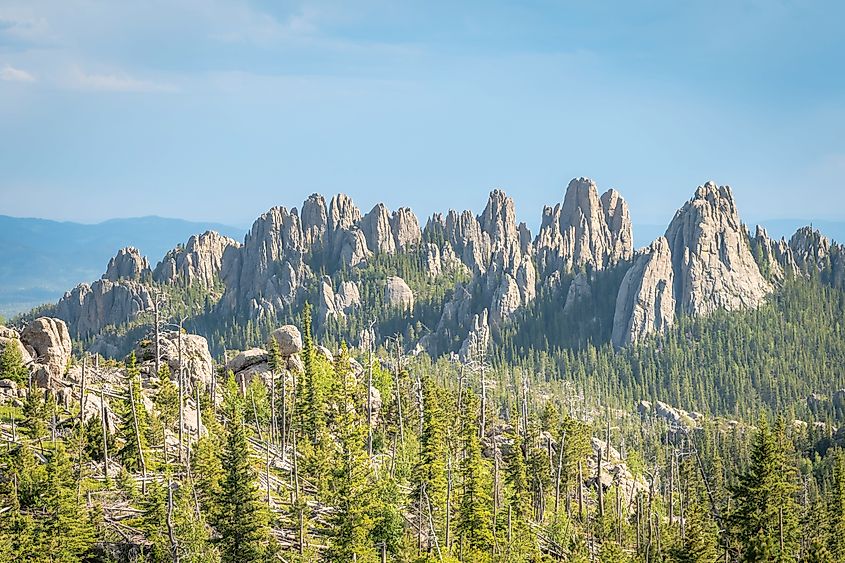
-
Age: Around 2 billion years
-
Location: Black Hills region
-
Type of Rock: Schist and gneiss
South Dakota’s Black Hills contain rocks that are around 2 billion years old. Deep within the core of these hills lies a foundation of metamorphic rocks, including schist and gneiss, that formed under extreme conditions during the Precambrian Era.
These ancient rocks represent remnants of the Earth’s earliest continental crust, later uplifted and exposed by tectonic forces that also gave rise to the Black Hills. Within this rugged terrain, gold and other minerals were deposited millions of years later, leading to the famous Black Hills Gold Rush of the 19th century.
Michigan
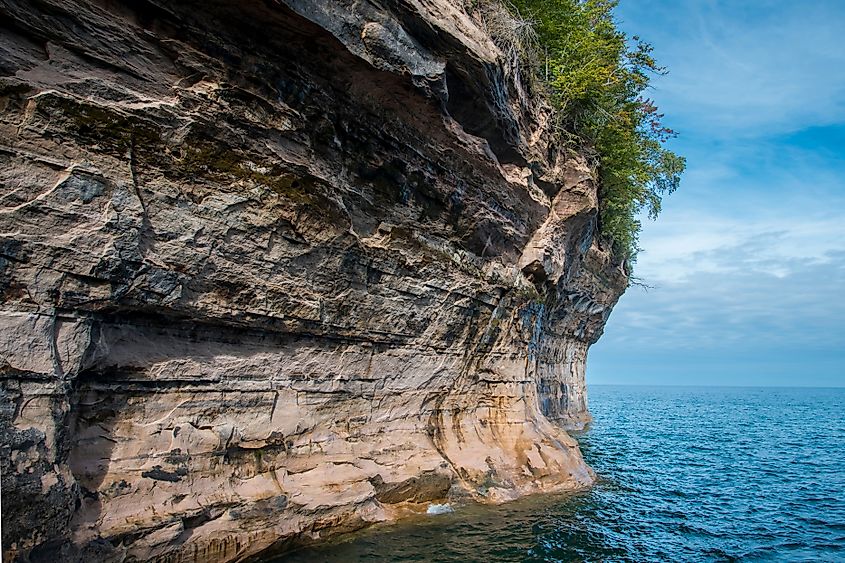
-
Age: About 3.6 billion years
-
Location: Upper Peninsula, especially around Ishpeming and Negaunee
-
Type of Rock: Gneiss and banded iron formation
Michigan’s Upper Peninsula holds rocks that date back roughly 3.6 billion years, forming part of the Canadian Shield that stretches into the Great Lakes region. In the Marquette Range, near Ishpeming and Negaunee, ancient gneiss and banded iron formations record some of the planet’s earliest evidence of oxygen production.
The banded iron layers formed in shallow seas where early microbes began releasing oxygen, causing iron to precipitate out of seawater. This process eventually built up the planet’s first atmosphere capable of supporting complex life.
These formations make Michigan a key site for understanding early Earth processes. This also laid the foundation for the state’s historic iron mining industry that shaped local communities.
Arizona
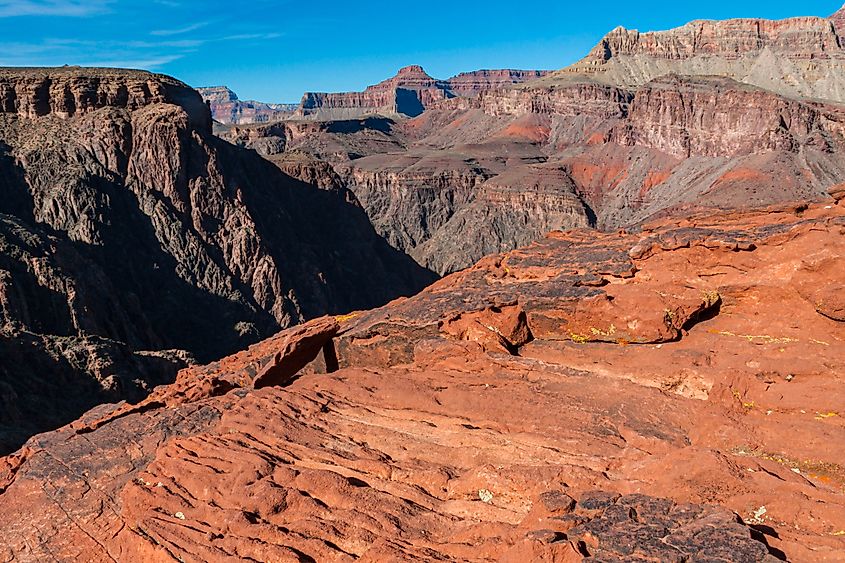
-
Age: Approximately 1.7 to 1.8 billion years
-
Location: Grand Canyon region, especially the Vishnu Basement Rocks
-
Type of Rock: Schist and gneiss
The Grand Canyon is not only a natural wonder but also a time capsule revealing rocks nearly two billion years old. The Vishnu Basement Rocks at the canyon’s base date back around 1.7 to 1.8 billion years and include schist, gneiss, and granite that once formed deep within the Earth’s crust.
These rocks tell the story of mountain-building events and ancient subduction zones long before the current landscape existed. The Colorado River has since carved through younger layers, exposing the Vishnu Schist in some of the canyon’s deepest and most dramatic sections.
In addition to their staggering age, the Vishnu rocks are prized for their dark, folded textures that highlight billions of years of metamorphic transformation.
Colorado
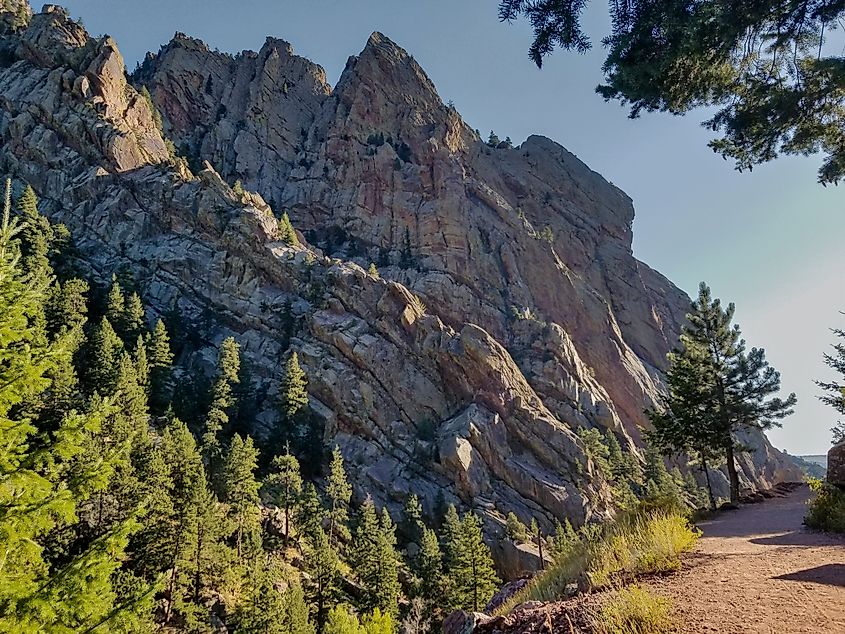
-
Age: Around 1.7 billion years
-
Location: Front Range and Rocky Mountain core
-
Type of Rock: Gneiss, schist, and granite
Colorado’s Rocky Mountains expose rocks that are roughly 1.7 billion years old. These ancient formations make up the core of the Front Range, including areas near Boulder, Denver, and Rocky Mountain National Park.
The metamorphic rocks in this region originated from deep-sea sediments and volcanic materials that were compressed and heated during early continental collisions. Later uplift exposed them at the surface, creating the dramatic peaks and valleys seen today.
This billion-year-old foundation serves as a geological backbone for the Rockies, with later layers of sandstone, shale, and limestone forming the colorful strata that define Colorado’s iconic mountain scenery.
Wisconsin
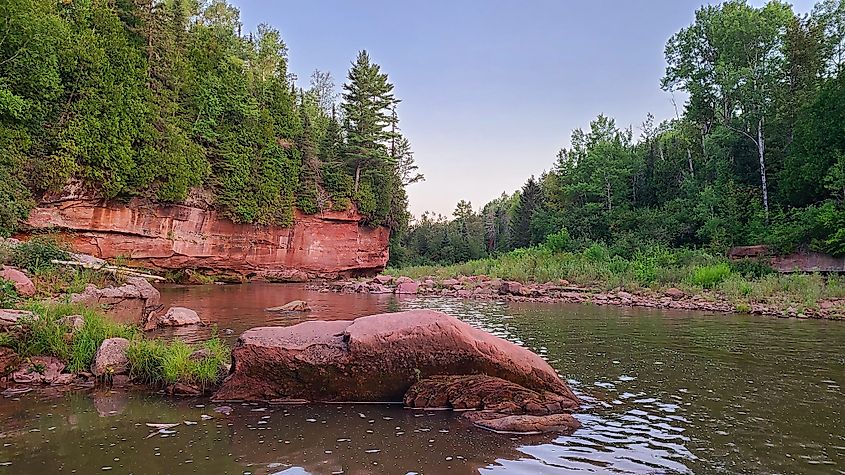
-
Age: Approximately 3 to 3.4 billion years
-
Location: Northern Wisconsin, near the Penokee Range and Gogebic region
-
Type of Rock: Granite and gneiss
Northern Wisconsin contains some of the oldest exposed rocks in the United States, dating between 3 and 3.4 billion years old. These rocks are part of the Superior Province, an ancient geological region that underlies much of the upper Midwest.
The granitic and metamorphic rocks found near the Penokee Range were once buried miles beneath the surface before erosion and glacial activity exposed them. Over billions of years, volcanic activity, sedimentation, and tectonic movements built upon this ancient crust, shaping Wisconsin’s modern landscape.
Today, these rocks serve as a vital record of early continental development, linking the geological history of Wisconsin to the broader story of the North American continent.
Earth’s Ancient Foundations
Beneath the mountains, forests, and plains of these seven states lies a story billions of years in the making. The oldest rocks in North America record the birth of continents, the rise of Earth’s first atmosphere, and the slow shaping of the land we know today. From Minnesota’s 3.8-billion-year-old gneiss to Arizona’s deep canyon schist, these formations reveal how time, heat, and pressure forged the crust beneath our feet.
Though largely hidden from view, these ancient rocks continue to define the landscape. Supporting ecosystems, influencing mineral deposits, and reminding us that Earth’s history runs far deeper than what can be seen at the surface. They are the continent’s true foundation, holding the memory of a planet still writing its story in stone.
| State | Age of Oldest Rocks | Type of Rock | Key Location | Geological Significance |
|---|---|---|---|---|
| Minnesota | 3.8 billion years | Gneiss | Minnesota River Valley | Among oldest known continental crust |
| Wyoming | 3.5 billion years | Gneiss, Granite | Beartooth Mountains | Core of the Wyoming Craton |
| South Dakota | 2 billion years | Schist, Gneiss | Black Hills | Ancient metamorphic base uplifted by tectonics |
| Michigan | 3.6 billion years | Gneiss, Banded Iron | Upper Peninsula | Evidence of early oxygenation |
| Arizona | 1.8 billion years | Schist, Gneiss | Grand Canyon | Exposed Vishnu Basement Rocks |
| Colorado | 1.7 billion years | Gneiss, Schist, Granite | Front Range | Core of Rocky Mountains |
| Wisconsin | 3.4 billion years | Granite, Gneiss | Northern Wisconsin | Part of the Superior Province |
